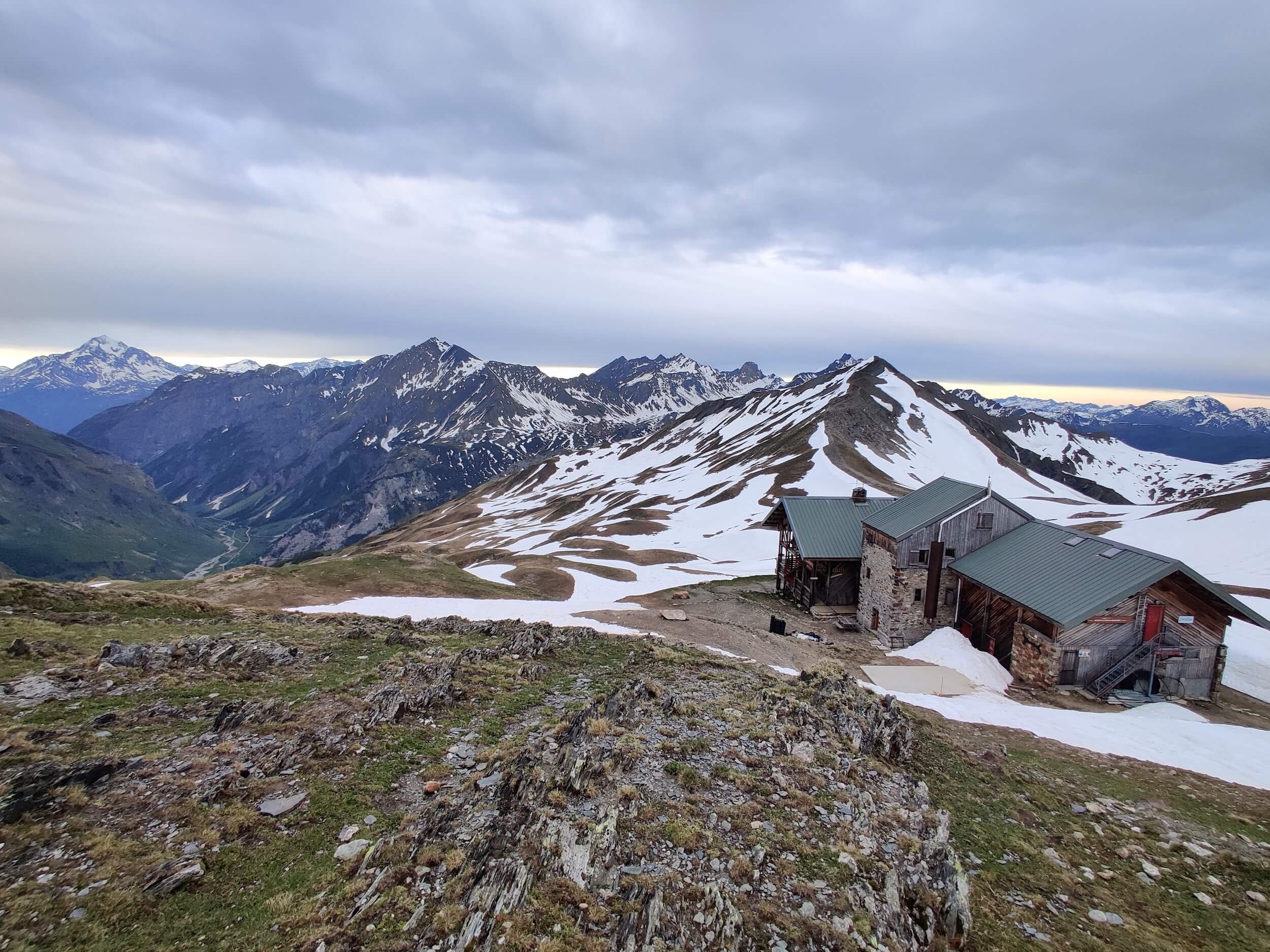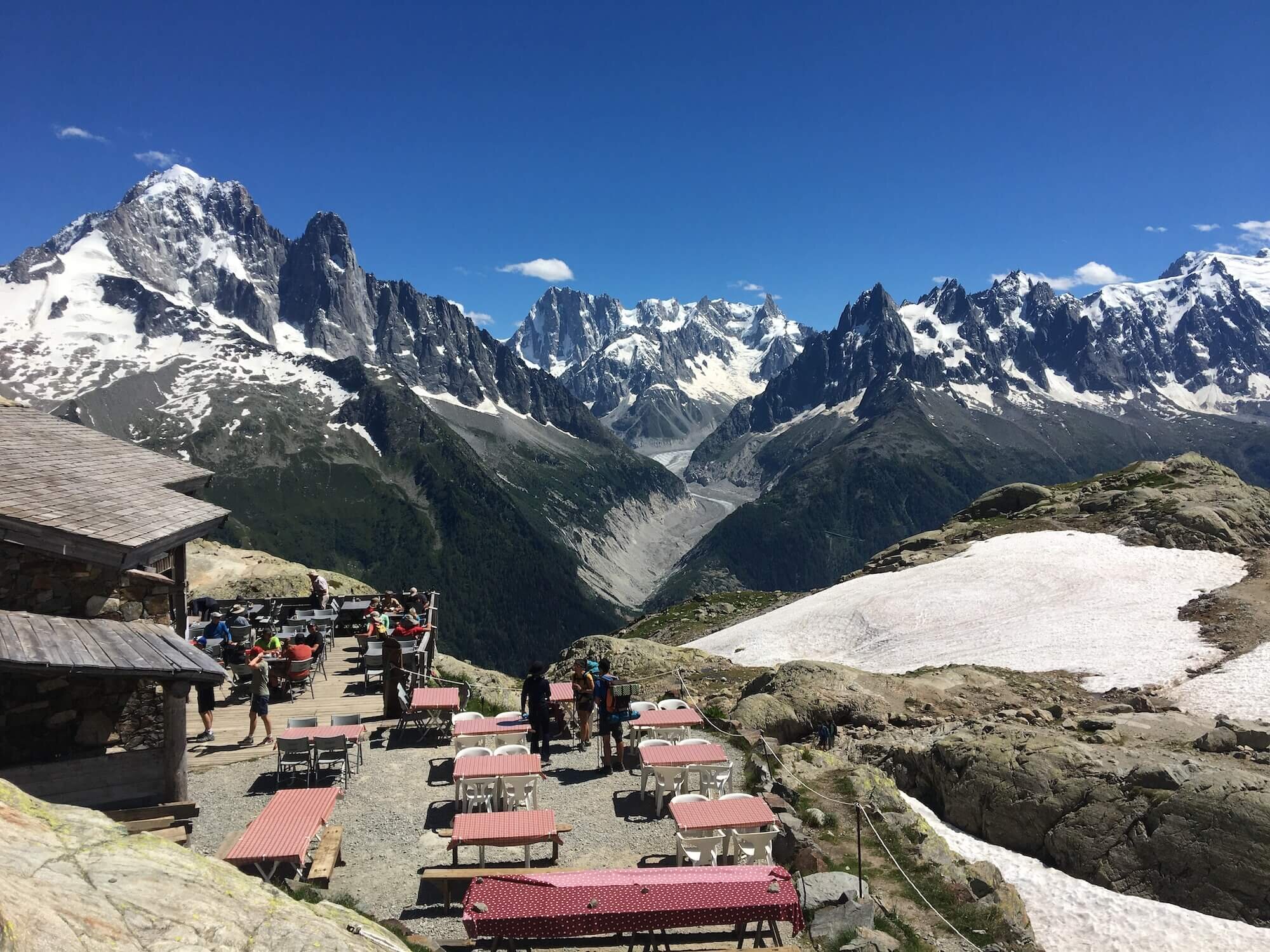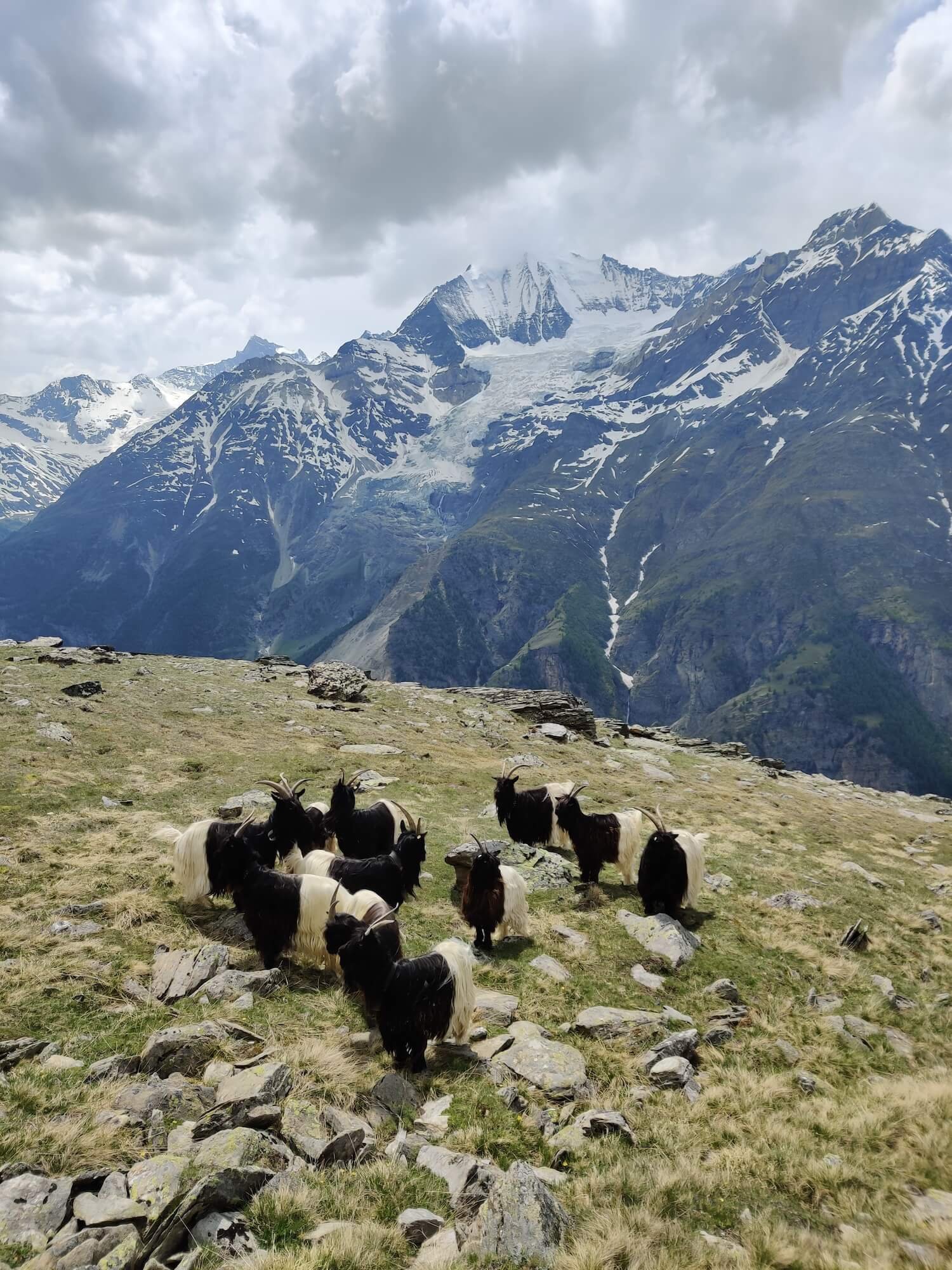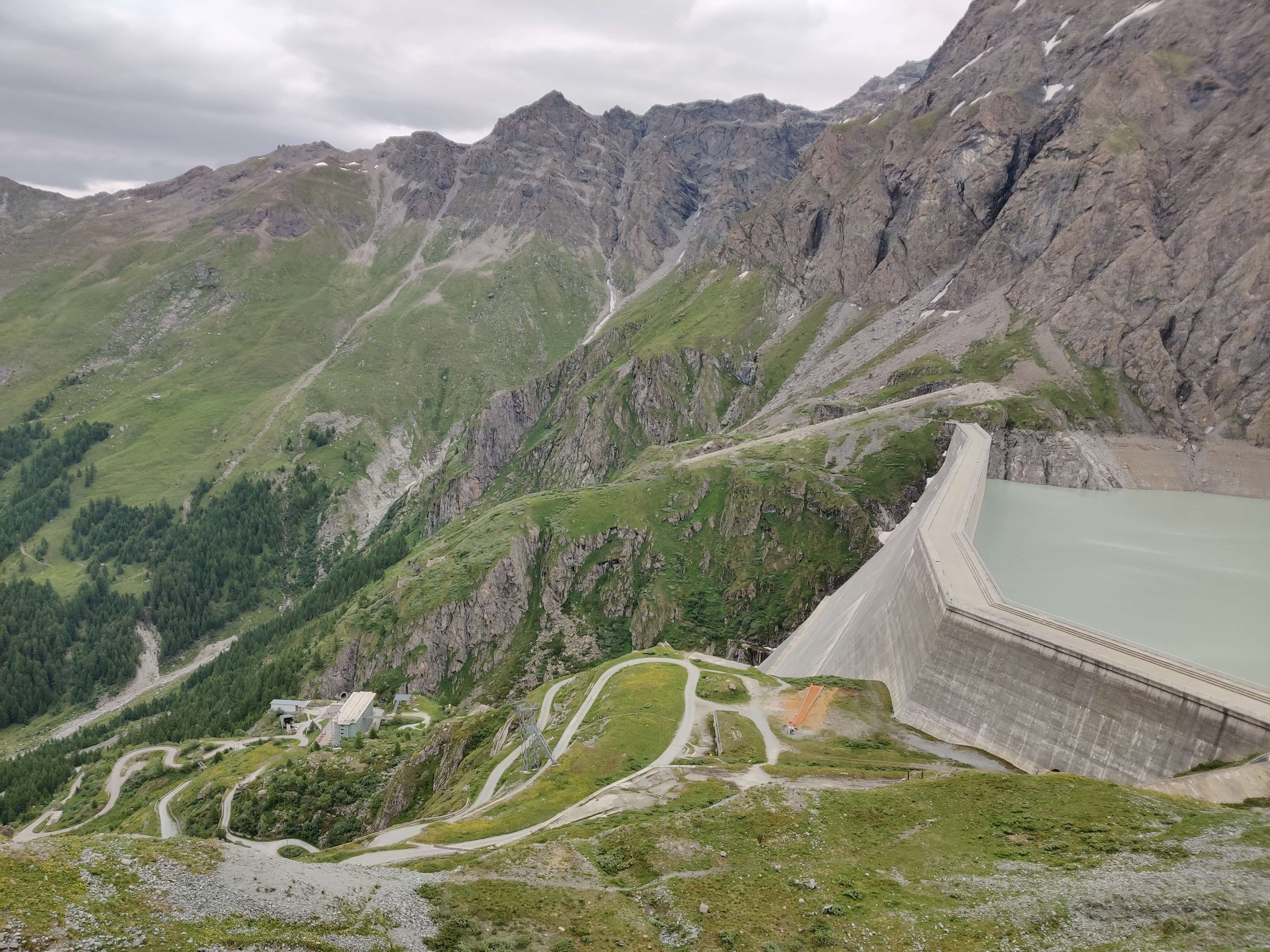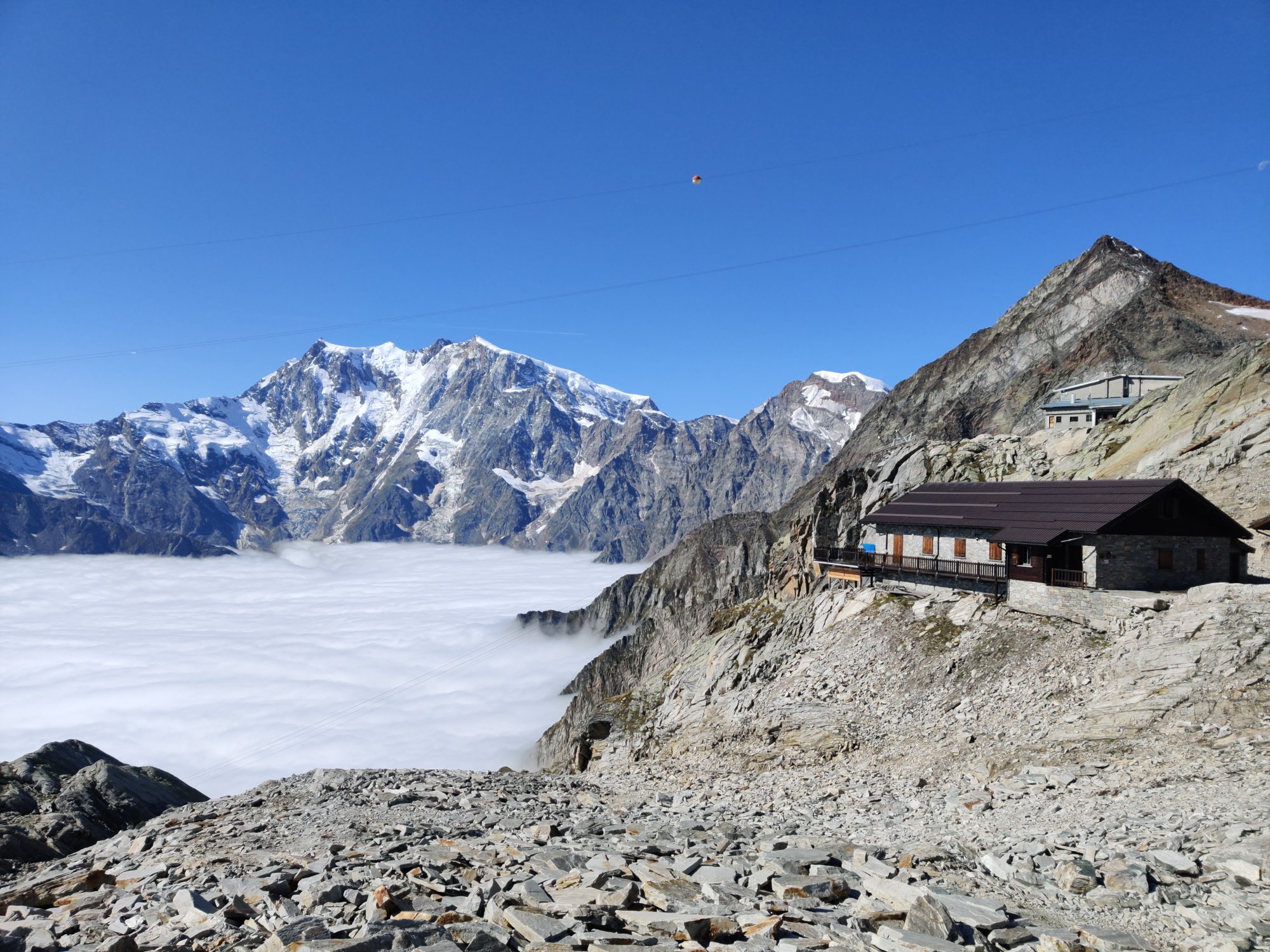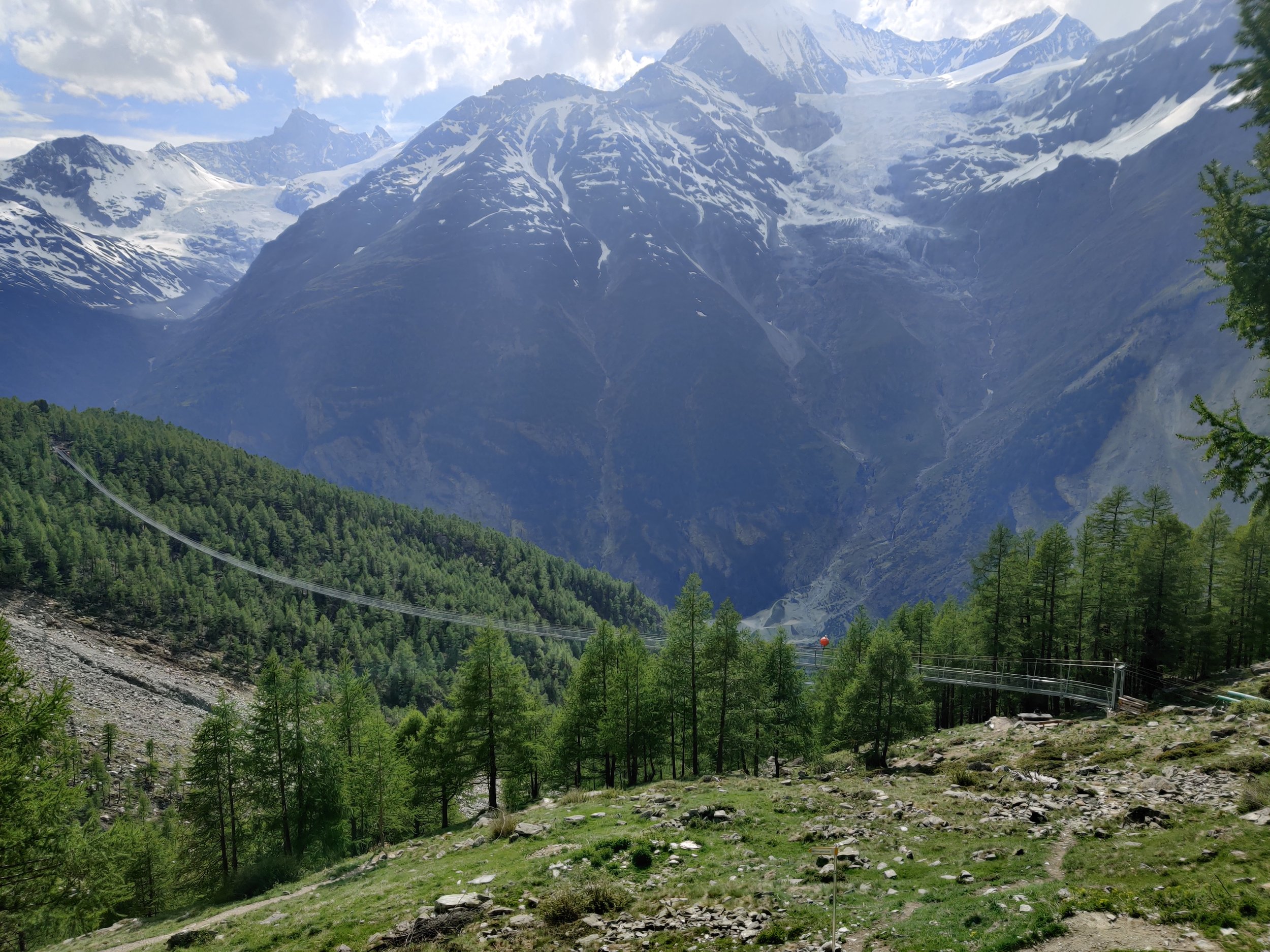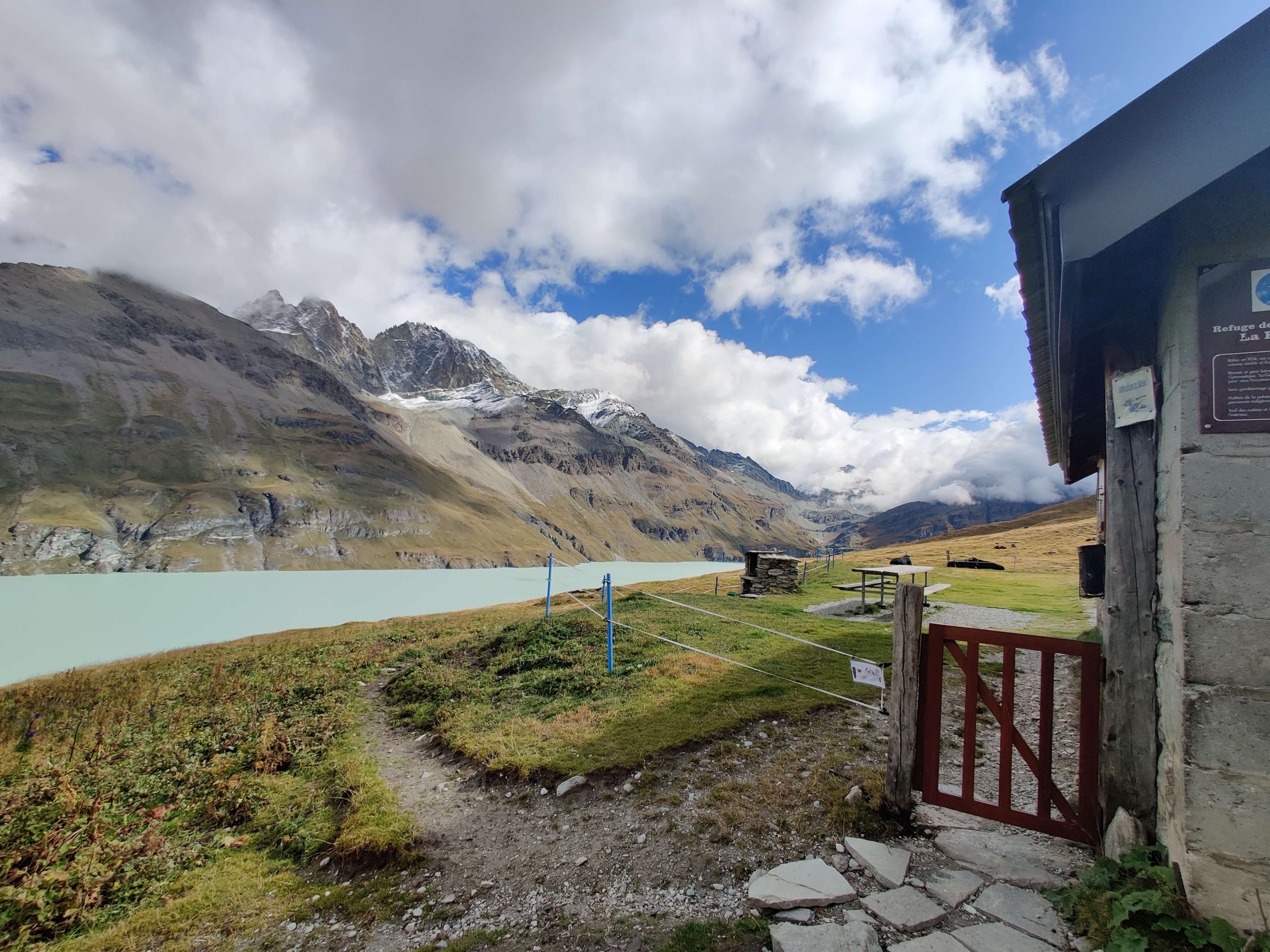While more famously known for its beaches, harbour and architectural icons, Sydney also has a rich history and culture of hiking. Due to the proximity and protection of several heritage listed national parks, Sydney is on the doorstep of a vast network of accessible and diverse hiking trails or ‘bushwalks’ as they are locally known.
Australia has thousands of national parks and conservation reserves, with over 880 protected areas in Sydney and New South Wales alone. They serve to protect the diversity of Australian native landscapes, including everything from deserts to rainforests, coastal ecosystems and eucalypt woodlands, and are filled with hundreds of hiking trails and adventure activities.
The national parks around Sydney are places of conservation and protection for the unique native plants and wildlife that inhabit them. However, many of Sydney’s national parks were originally designated as places for walking, recreation and leisure.
The concept of national parks in Australia hailed from England’s royalty who set aside large areas of land for their own recreational pursuits. In the 19th century, Australia, as a relatively new country, had a rapidly expanding colony in Sydney that was surrounded by untouched bushland that was perfect for the entertainment of its growing population.
The world’s second oldest national park
To encourage its city dwelling inhabitants to experience the health benefits of nature, Sydney established the world’s second oldest national park in 1879, aptly named, National Park (Yellowstone in the US was the first, established in 1872). In 1955 the park was renamed The Royal National Park after Queen Elizabeth II passed through on the train to Wollongong during her 1954 tour of Australia. In true Aussie fashion, it is sometimes locally referred to as the ‘Nasho’.
The Royal National Park covers 15,000 hectares along Sydney’s south east coastline from the Port Hacking River (near Cronulla) down to the southern tip at Otford. Its many hiking trails provide access to panoramic views from coastal cliffs, secluded beaches, rock shelves and rock pools, rainforests and valley creeks, mudflats and salt marsh, and a heathland of salt-tolerant scrub.
When the train lines were built to access the Royal National Park, visitation grew from 38,000 in 1892 to 170,000 in 1903. Just seven years later, annual visitor numbers had reached 250,000 (National Museum Australia). Within this growing number of people who appreciated the Australian bush in its untouched glory was Myles Dunphy (1891–1985).
A passionate hiker, Dunphy founded Sydney’s first hiking club, The Sydney Bush Walkers and in doing so coined the term “bushwalking”, a word that is now synonymous with hiking in Australia. See these early photographs recently acquired by The State Library of the early expeditions and members of the Sydney Bush Walkers Club from the 1920s and 30s.
Dunphy is considered one of Australia’s earliest campaigners for environmental conservation and believed the preservation of nature was crucial for the wellbeing of modern society. He had a vision for protecting the land from development for current and future generations (NSW Teachers Federation) and led the “bushwalking conservation” movement that rose to prominence during the Depression of the 1930s, promoting walking in nature as an inexpensive and accessible sport.
Bushwalking conservation
Dunphy spent a lifetime walking, mapping and advocating for the establishment of national parks, most notably resulting in the creation of the Blue Mountains National Park in 1959. Sprawling over 260,000 hectares of pristine wilderness, The Greater Blue Mountains National Park is the largest park nearest to Sydney, and was inscribed on the World Heritage List in 2000. With a huge network of trails, The Blue Mountains is a hikers paradise.
The Blue Mountains National Park is part of the Great Dividing Range, running along the East Coast of Australia. You can see why it was a favourite of Dunphy and The Sydney Bush Walkers club, there is so much to discover including scenic lookouts across undulating mountains, waterfalls diving off sandstone escarpments, historic walking tracks through lush rainforest valleys, and a rich ancient Aboriginal history told through important cultural sites.
The Blue Mountains have many geological landforms as well as species of plants that are found nowhere else in the world and are survivors from the time of the Gondwana supercontinent, like the beautiful but incredibly rare Euphrasia bowdeniae, or the special Fletcher’s Drumstick that grows halfway up the cliffs on vertical sandstone rock faces. Protecting these and other species, like the Dwarf Mountain Pine of which there have only been 755 plants recorded and has survived in this unique environment since the time of the dinosaurs, is a key role of the Blue Mountains National Park. Read more about the incredible formation of the Blue Mountains and Sydney’s natural landscape here.
Cultures past, present and future
In addition to remarkable biodiversity, the national parks around Sydney have important cultural and historic value. As the land of one of the oldest civilisations on the planet, the natural features of these ancient landscapes are of irreplaceable significance to Australia’s First Nations Peoples. Many Aboriginal sites are still used today as part of their living culture.
The national parks to the north of Sydney are home to a number of significant Aboriginal sites and artefacts including middens, rock carvings, paintings and sacred areas. These sites are part of the deep connection Aboriginal people have with the landscape, one that has existed immeasurably longer than they have been in a National Park.
There are several Aboriginal midden sites along the foreshore in Ku-ring-gai Chase National Park to the north of Sydney. The Aboriginal custodians of this land, the Guringai peoples, hunted and gathered on the foreshores of the network of rivers in this area (visit the Aboriginal Heritage office website for a detailed history of the land in this area). Middens are shell mounds built up over hundreds and often thousands of years as a result of countless meals of shellfish. They vary in shape and size, from a few scattered shells to deposits that are metres thick and buried under vegetation. They differ from natural shell deposits as they often include campfire charcoal, stone flakes and remains of stone tools.
Hiking and protecting parks around Sydney
There are several national parks north of Sydney, but the most accessible include Ku-ring-gai Chase National Park, Berowra Valley National Park and Lane Cove National Park. Established in 1894, Ku-ring-gai Chase National Park is Australia’s second oldest national park, and combines important history and cultural treasures with scenic beauty.
Established in 1894, the park is almost 15,000 hectares, a significant size considering it is only 32km from Sydney city centre. Berowra Valley National park includes a 25 km section of the Great North Walk, a 260 km multi-day walk from Newcastle to Sydney. Discover a pocket of bushland filled with native birdlife right on Sydney’s doorstep in the Lane Cove National Park. Explore Sydney Harbour’s staggering coastline and islands along an endless network of coastal trails within Sydney Harbour National Park.
Hiking and bushwalking in Sydney is so accessible and diverse due to the proximity and protection of these heritage listed national parks. Given Australia has experienced the largest documented decline in biodiversity of any continent over the past 200 years and climate change is posing a bigger threat than ever before, it is more important than ever that we protect the land that we have the privilege of walking on (read more about that here and here).
As Myles Dunphy recognised while hiking around Sydney more than a century ago, ‘we need these wild, beautiful places to maintain our mental, physical and spiritual wellbeing’ (NSW TF). While we continue to protect our national parks, let’s get out there and use them! Walking our local trails shows our local governments that we value our parks, so they can remain available to us and future generations.
Author: Greta Stevens
Greta discovered a love for multi-day hiking on the Camino de Santiago and has never looked back. She co-created the Modern Adventurers book with The Hiking Club before joining the team full time to help empower a global community of adventurers to walk the way they want in the wild!
WHO ARE WE?
The Hiking Club empowers anyone to walk the way they want in the wild with personalised self-guided hiking experiences that are easy to find, quick to plan and simple to navigate.
We believe hiking experiences have the power to transform lives. With a growing range of personalised hikes that take into account your preferences, fitness and interests, we give you everything you need to explore the legendary trails of the world!

